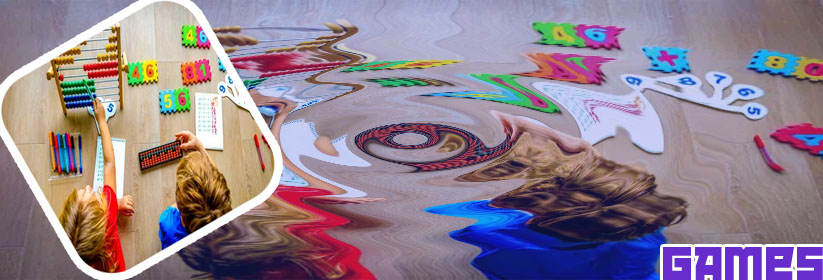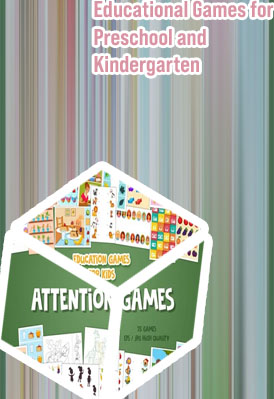
In today's digital age, educational games have become a popular tool for engaging students and enhancing their learning experience. To explore the benefits and best practices of using educational games in the classroom, we have compiled a list of two articles that provide valuable insights into this topic.

Educational games have been gaining popularity in classrooms around the world as educators recognize the benefits they bring to student engagement and learning outcomes. By incorporating game-based learning into their teaching practices, teachers can create a more interactive and dynamic learning environment that appeals to today's digital-savvy students.
One of the key benefits of educational games is their ability to increase student engagement. Games have a way of motivating students to actively participate in learning activities, as they are fun, interactive, and challenge students to think critically and problem-solve in a hands-on manner. This not only keeps students interested in the material being taught but also helps improve their retention of the information.
Furthermore, educational games can also lead to improved learning outcomes. By presenting information in a game format, students are more likely to retain and apply what they have learned. This is because games provide immediate feedback, which allows students to learn from their mistakes and make improvements in real-time.
Overall, the impact of educational games on student engagement and learning outcomes cannot be underestimated. For educators looking to enhance their teaching practices and better engage their students, incorporating educational games into their curriculum is a worthwhile investment.
Designing educational games that cater to different learning styles is crucial in promoting effective learning outcomes. In this insightful article, the author highlights the importance of considering various learning styles, such as visual, auditory, and kinesthetic, when creating educational games. By acknowledging these different approaches to learning, game developers can design interactive experiences that engage and benefit a diverse range of learners.
One of the key takeaways from the article is the emphasis on providing multiple pathways for learning within educational games. This approach ensures that learners with different preferences and learning styles can engage with the content in a way that suits them best. For example, incorporating visual elements for visual learners, audio cues for auditory learners, and hands-on activities for kinesthetic learners can enhance the overall learning experience.
Feedback from residents of the bustling city of Mumbai, India, underscores the value of incorporating diverse learning styles into educational games. One resident, Priya Sharma, noted that her children have greatly benefited from playing educational games that align with their individual learning preferences. She mentioned that investing in educational games has proven to be a worthwhile expense, as her children have shown increased interest and engagement in their studies.
In conclusion, designing effective educational games for different learning styles is a vital step in creating engaging and impactful learning experiences. By considering the diverse needs